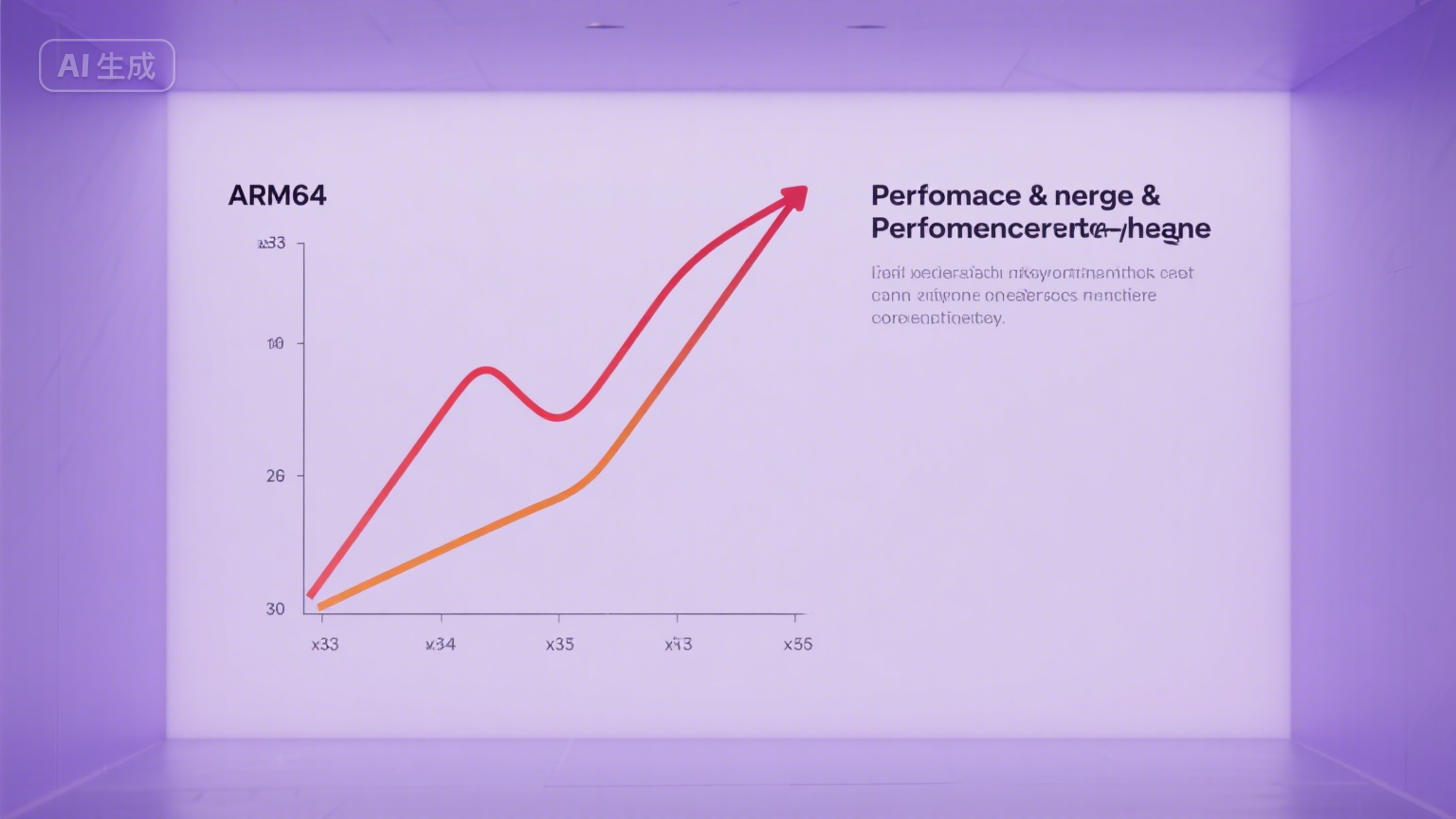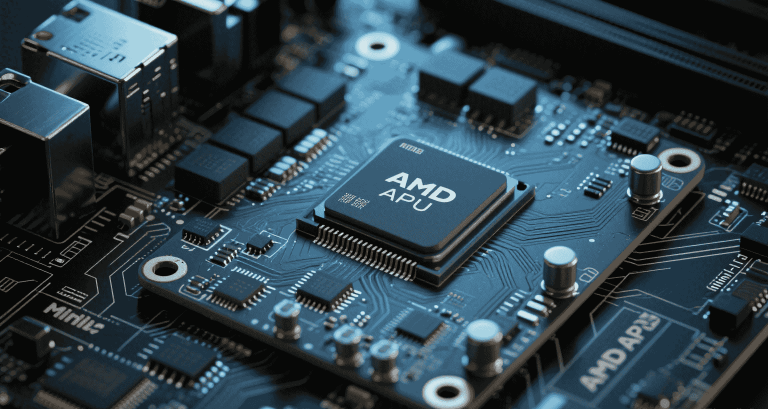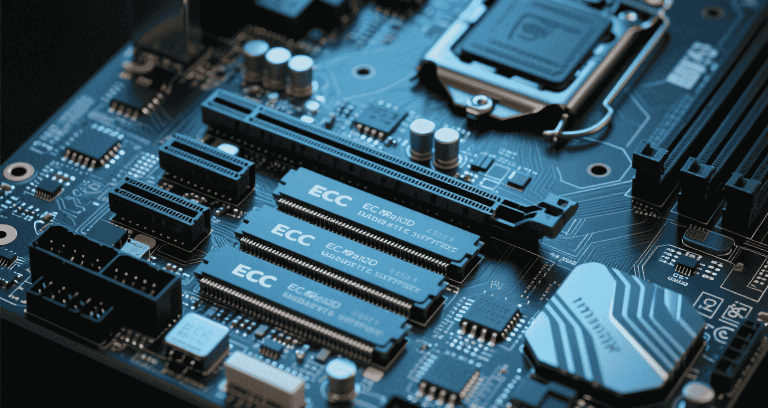ARM64 vs x86: Architecture Comparison, Performance Trade-Offs

Table of Contents
- Introduction
- Architectural Fundamentals
- Platform Ecosystem and Vendor Landscape
- Performance and Workload Suitability
- Power Efficiency and Thermal Considerations
- Software Compatibility and Toolchains
- Memory Subsystems and Scalability
- Security Architecture and Trusted Execution
- Industrial and Embedded Use Cases
- Cost Structure and Total Cost of Ownership
- Future Trends and Architectural Roadmaps
- Conclusion and Recommendations
Introduction
The comparison between ARM64 and x86 has evolved into a strategic decision for organizations building embedded systems, data center infrastructure, and edge computing nodes. This guide delivers a clear, technically grounded framework to evaluate architectural options and align them with performance, power efficiency, and lifecycle goals.
Architectural Fundamentals
ARM64 and x86 differ fundamentally in their instruction set and execution philosophy:
- ARM64 (AArch64): RISC architecture emphasizing streamlined instructions and consistent encoding.
- x86-64: CISC architecture with variable-length instructions and complex built-in operations.
Historical Context: x86 started with Intel 8086 in 1978; ARM originated in the 1980s and gained momentum in mobile and embedded markets.
| Aspect | ARM64 | x86-64 |
|---|---|---|
| Pipeline Depth | Shallower (8-11 stages) | Deeper (14-19 stages) |
| Branch Prediction | Advanced but newer | Highly optimized over decades |
| L3 Cache | Distributed (Mesh) | Monolithic, larger |
Platform Ecosystem and Vendor Landscape
Vendor and ecosystem maturity strongly influence integration outcomes:
ARM64 Ecosystem
- Licensing-based model (Ampere, Apple, NXP, Qualcomm).
- Flexible implementations optimized for power or performance.
x86 Ecosystem
- Intel and AMD dominate supply.
- Decades of software compatibility and hardware vendor partnerships.
Performance and Workload Suitability
While x86 CPUs excel in high-frequency and latency-sensitive workloads, ARM64 cores deliver competitive multi-threaded performance and superior energy efficiency in scale-out applications.
| Metric | x86 (EPYC) | ARM64 (Ampere) |
|---|---|---|
| Single-thread IPC | Higher (CISC optimizations) | Rapidly improving |
| Core Count | Up to 96 | Up to 128 |
| Vector Extensions | AVX2/AVX-512 | SVE |
**Recommendation:** Profile real workloads to confirm actual throughput.
Power Efficiency and Thermal Considerations
Power consumption impacts cooling design and total cost of ownership:
- ARM64 CPUs are optimized for low idle power (e.g., edge gateways).
- x86 CPUs can exceed 280W TDP in high-end configurations.
Thermal Strategies
- ARM64: Passive or low-noise cooling feasible in many deployments.
- x86: High airflow and advanced heatsinks often required.
Software Compatibility and Toolchains
Operating system support and development toolchains are critical:
- Linux: Fully supported on both platforms.
- Windows: Limited ARM64 server support.
- Virtualization: KVM and Docker work reliably across architectures.
Compiler Optimization
x86 example flags: -march=znver3 -O3 -flto
ARM64 example flags: -march=armv8.2-a+sve -O3
Memory Subsystems and Scalability
Memory bandwidth and NUMA architecture shape workload scalability:
- x86 offers 8-channel DDR4/5 per socket, high throughput per core.
- ARM64 leverages distributed mesh for efficient scale-out.
| Feature | x86 | ARM64 |
|---|---|---|
| Memory Channels | 6–8 | 8 |
| NUMA Nodes | Complex hierarchy | Uniform or semi-uniform |
Security Architecture and Trusted Execution
Security features are central to compliance and trusted computing:
| Feature | x86 | ARM64 |
|---|---|---|
| Secure Boot | UEFI Secure Boot | UEFI + TrustZone |
| Encryption | SGX, SEV | Cryptography extensions |
- Both architectures are susceptible to speculative execution attacks (Spectre, Meltdown).
- Mitigations require microcode and software updates.
Industrial and Embedded Use Cases
Adoption trends in industrial and embedded deployments:
- ARM64: Edge AI, IoT gateways, low-power control systems.
- x86: Transaction-heavy servers, latency-sensitive analytics.
**Tip:** Always consider software certification and real-time operating system support.
Cost Structure and Total Cost of Ownership
Licensing, support, and energy costs contribute to total expenses:
- ARM64 generally has lower per-core costs and simpler licensing.
- x86 may incur higher support and energy expenses but benefits from mature tooling.
Infrastructure Costs
Porting software to ARM64 can introduce significant labor costs. Balance hardware savings with migration investments.
Future Trends and Architectural Roadmaps
Key developments to monitor:
- ARM Neoverse: Next-gen Ampere CPUs on 5nm process.
- x86 Evolution: Intel Meteor Lake, AMD Zen 5 with AI acceleration.
- RISC-V: Emerging alternative architecture.
Conclusion and Recommendations
Choosing between ARM64 and x86 requires a holistic analysis of workload profiles, ecosystem maturity, and long-term roadmap alignment. For many embedded and edge workloads, ARM64 offers compelling power and scaling benefits. x86 remains the standard for high-frequency transactional systems and broad software compatibility.
Recommendations:
- Profile your workloads with real data.
- Validate driver and software compatibility early.
- Plan for hybrid deployments to balance performance and efficiency.
For further guidance and platform selection support, visit MiniITXBoard.
References and Further Reading
- ARM Neoverse Technical Manuals
- Intel and AMD Architecture Whitepapers
- Linux Kernel Documentation
- Cloud Provider Benchmarks (AWS Graviton, Azure, GCP)
- MiniITXBoard Resources


